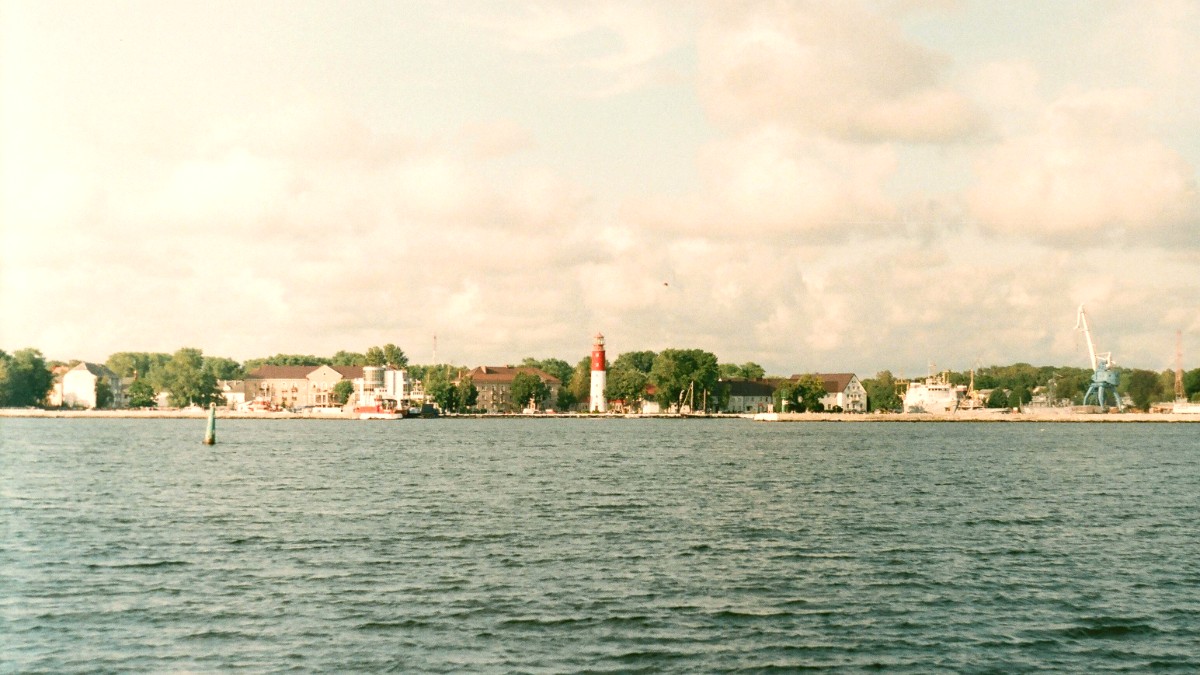
Germany
Hamburg Airport (HAM), approximately 90 kilometers (56 miles) south, is the closest major international airport to Kiel. It is the main gateway for most travelers, offering a wide array of flights. Lübeck Airport (LUE), about 80 kilometers (50 miles) southeast, mainly serves budget airlines with a limited selection of destinations. Kiel Airport (KEL) is a small regional airport used for general aviation and occasional charter flights, without regular commercial passenger services.
Hamburg Airport (HAM) is a modern, well-equipped airport with numerous shops, restaurants, car rental agencies, currency exchange, ATMs, and free Wi-Fi. Lübeck Airport (LUE) offers more basic facilities. Direct flights from major global hubs typically land at Frankfurt (FRA) or Munich (MUC), requiring a connecting flight or train to Hamburg/Kiel. Connecting flights through major European gateways are common.
Flight prices to Hamburg typically peak in summer (June-August) due to high demand and Kieler Woche. Booking several months in advance yields better rates during this period. Shoulder seasons (April-May, September-October) often present better flight deals with moderate prices. Winter (November-March) can be the cheapest time to fly, though options may reduce, with prices rising around holidays.
Dollar Flight Club and Skyscanner are valuable resources for finding affordable flights to Hamburg or other German hubs. Comparison websites frequently identify cost-effective routes and timings. Flexibility with travel dates often leads to greater savings.
A modern, well-equipped airport with shops, restaurants, car rentals, currency exchange, ATMs, and free Wi-Fi.
Offers more basic facilities, including a few shops, cafes, and car rental options.
Small regional airport mainly for general aviation; no regular commercial passenger flights.
Kiel Hauptbahnhof (central train station) is well-integrated into the German rail network. Deutsche Bahn (DB), the national rail operator, provides efficient and comfortable services. Kiel has direct train connections to Hamburg (approx. 1 hour). From Hamburg, easy connections extend to major German cities like Berlin (approx. 3 hours from Hamburg), Hanover, Cologne, and further afield using high-speed ICE (Intercity-Express) or IC (Intercity) trains. Regional trains (RE) link Kiel to nearby towns like Lübeck (approx. 45 minutes) and Eckernförde (approx. 30 minutes).
FlixBus is the main long-distance bus operator in Germany and Europe. FlixBus offers connections from Kiel's central bus station (ZOB), adjacent to the train station, to various German cities and some European destinations. Buses are often cheaper than trains, notably for last-minute bookings. However, journeys can take longer than trains, and delays are possible due to traffic.
Germany boasts an excellent network of Autobahns (motorways) and well-maintained secondary roads. Driving on the right side of the road is standard. Speed limits are strictly enforced: 50 km/h (31 mph) in urban areas, 100 km/h (62 mph) outside, with advisory limits (often 130 km/h or 81 mph) on Autobahns, and enforced limits near cities or construction zones. The legal blood alcohol content (BAC) limit for driving is 0.05%, with 0.00% for new drivers (under 2 years experience) and drivers under 21. Winter tires are mandatory in winter conditions.
German roads are generally in excellent condition, well-maintained, and clearly signposted. Parking in Kiel city center presents challenges and costs. Look for designated multi-story parking garages (Parkhaus) or metered street parking. Fines for illegal parking are strictly enforced. Be aware of dedicated cycling lanes and cyclists, especially in urban areas.
Kiel is a major ferry and cruise port, making arrival by sea a popular choice for many. Color Line operates daily ferry services to Oslo, Norway, using large cruise-ferries. Stena Line provides daily ferry connections to Gothenburg, Sweden. DFDS has freight and passenger services to Klaipėda, Lithuania. Booking ferry tickets well in advance is advisable, especially with a vehicle or during peak season. Dedicated cruise terminals (Ostseekai, Norwegenkai, Schwedenkai) near the city center simplify disembarkation.
Immigration procedures at Kiel's seaports mirror those at airports. Upon disembarking, present your passport (and visa, if required) to border control officers. The process is generally efficient. If arriving from a non-Schengen country, standard immigration checks apply. Kiel's ferry terminals and cruise ports reside conveniently within easy walking distance of Kiel Hauptbahnhof (central train station) and the city center (Innenstadt). A short taxi ride or local bus connects from the port to the train station or your accommodation for those with luggage.
For Schengen flights from Hamburg Airport, arrive at least 2 hours before departure. For non-Schengen flights, plan for at least 3 hours. During peak season or holidays, allow extra time for busy security.
Arrive at Kiel Hauptbahnhof approximately 15-20 minutes before your train's scheduled departure. This provides enough time to locate your platform, find your carriage, and settle in without rush. German trains generally depart punctually.
Check with your specific ferry operator (e.g., Color Line, Stena Line) for recommended check-in times. This is typically 1-2 hours before departure, especially if traveling with a vehicle. Foot passengers may have slightly shorter check-in windows.
Hamburg Airport (HAM) has a full range of facilities for departing travelers. Duty-free shops, a wide selection of restaurants and cafes, lounges, currency exchange services, and baggage services exist. It is a comfortable environment for waiting for your flight.
Kiel Hauptbahnhof (Kiel Central Train Station) provides numerous amenities for departing passengers. These include various shops (newsstands, convenience stores), restaurants and cafes, waiting areas, clean restrooms, and lockers for luggage storage if you have time before your departure.
Confirm all necessary documents (passport, visa, tickets) are ready and easily accessible.
Arrive at the airport/station/port with ample time to account for check-in and security procedures.
Check for any last-minute travel updates or gate changes via airport screens or apps.
By understanding these departure details, you can leave Kiel smoothly, taking your positive memories with you.